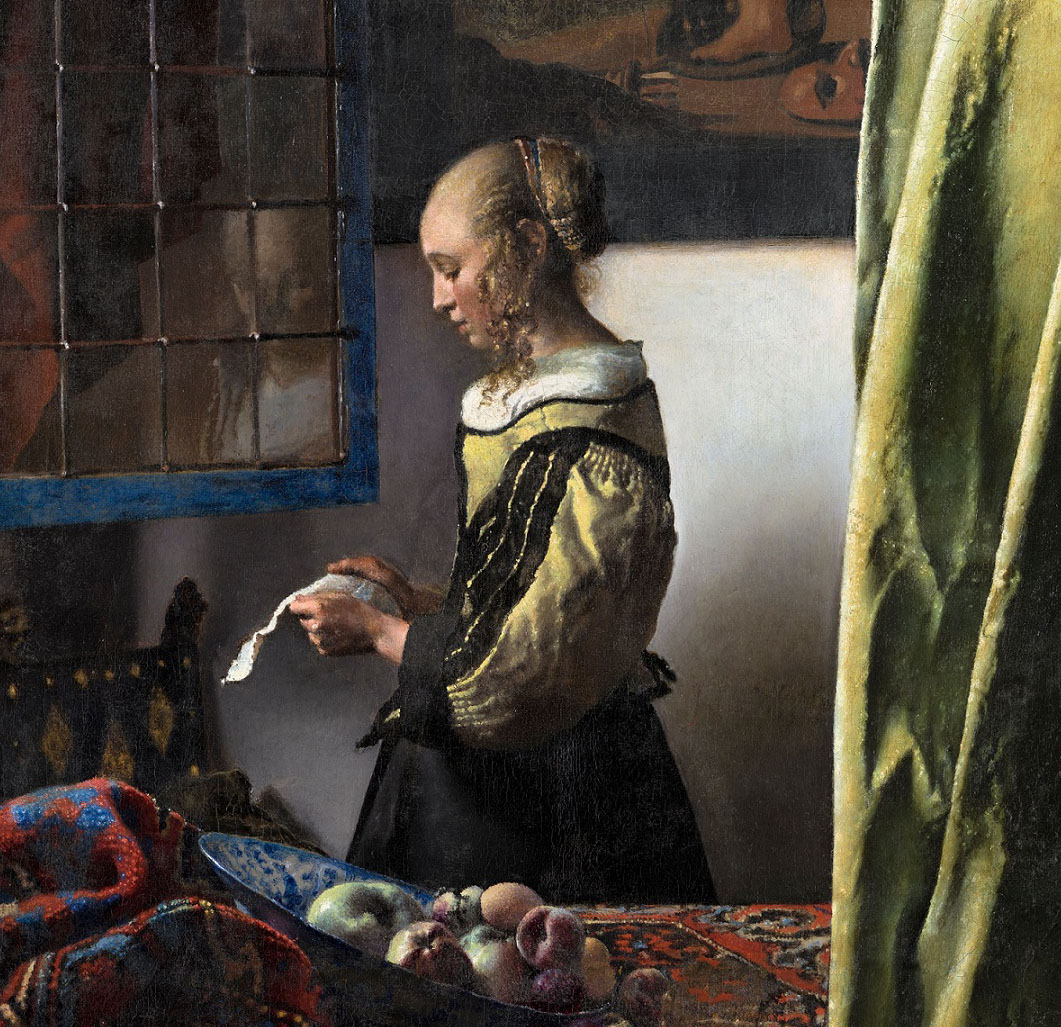Invitation to the press conference “Chess! Princely Gaming Worlds”
31 May 2024Chess! Princely Gaming World
For the 300th anniversary of the Grünes Gewölbe, the Ernst von Siemens Kunststiftung (Ernst von Siemens Art Foundation) acquired a ceremonial Baroque chess set which was made during the era of Augustus the Strong. The purchase of this chess set was the inspiration for the upcoming exhibition in the Sponsel-Raum of the Neues Grünes Gewölbe.
- Exhibition Site Grünes Gewölbe
- Dates 07/06/2024—20/10/2024
Schach zählt zu den ältesten und bekanntesten
Chess is one of the oldest and most renowned strategy games in the world. This sumptuous chessboard, with figurines masterfully carved out of ebony and ivory by Paul Heermann between 1705 and 1709, is a part of that very special gaming culture. Alongside Balthasar Permoser, he was one of the most important Baroque sculptors in Saxony and Central Europe. The figures were given their gold and silver pedestals by the Augsburg goldsmith Paul Solanier. The wooden case, with tortoiseshell, ivory and silver inlays, was created by Heinrich Eichler the Elder, a silversmith originally from Saxony. Together with other works of art from the Grünes Gewölbe, this magnificent chess set testifies to the virtuosity and transnational collaboration of Baroque specialists.
The precious new addition to the collection is a stroke of luck in more ways than one. The historical inventories the Grünes Gewölbe originally listed 14 ceremonial chess sets, three of which had ivory and ebony pieces. Sadly, not a single one of these games has survived, and so this new addition fills a gap in the collection.
Around 25 other exhibits from the Grünes Gewölbe, the Rüstkammer, the Kupferstich-Kabinett, the Kunstfonds and from private collections are grouped around this magnificent chess set. Thematically, the exhibition focuses on the materiality of the exhibits, the way in which the black and white reflects the European world view and the Baroque passion for chess. One spotlight falls on the elephant as a distinctive playing piece, which also fascinated Paul Heermann. This magnificent chess game is also set in juxtaposition to contemporary works of art . Two works by contemporary artist Alexander Endrullat shed light on the eschewal of cherished activities and the development of new domestic and mentally stimulating habits during the COVID-19 pandemic.
Before this chess set was offered on the art market and came to Dresden, it was owned by the von Münch family and their descendants. In 1727, the Augsburg banker Christian I von Münch (1660-1757) succeeded in taking over the Fugger banking house in Augsburg, thus giving his family extensive influence in southern Germany. Emperor Charles VI elevated him to the imperial nobility in 1731. From then on, the banker acted as one of the most important financiers of the Wittelsbach dynasty in Munich and the Dukes of Württemberg in Stuttgart. Treasures from the Stuttgart Kunstkammer, for example, were pledged as security for loans. It is possible that this how this chess set became the property of the von Münch family.
The exhibition is accompanied by the Sandstein-Verlag publication "Schach-Matt. Das Prunkschach im Grünen Gewölbe". Publisher: Staatliche Kunstsammlungen Dresden, Marius Winzeler. With contributions by Jan-Markus Göttsch, Jutta Kappel, Katja Paul, Rainer Richter and Michael Wagner. 116 pages, 96 colour illustrations, 21 x 17 cm, paperback, ISBN 978-3-95498-819-8, €18.00.
